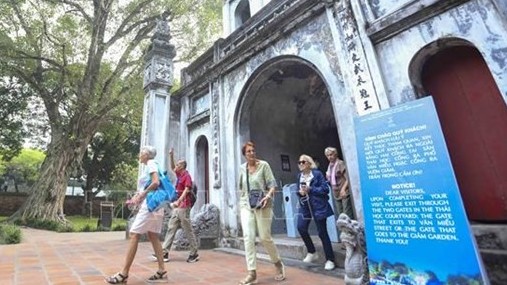Vietnam & Visas: a Traveller's Insight
Travelling long distance to Vietnam, while exciting, can sometimes be a hassle in the post-pandemic era. Depending on whether its for work, travel, or both, it can affect the visa and entry process.
Entering Vietnam on a tourist visa is simple enough - in fact, quicker than ever, what with applying for an approval letter beforehand and then receiving a stamp at immigration for a 30 day entry.
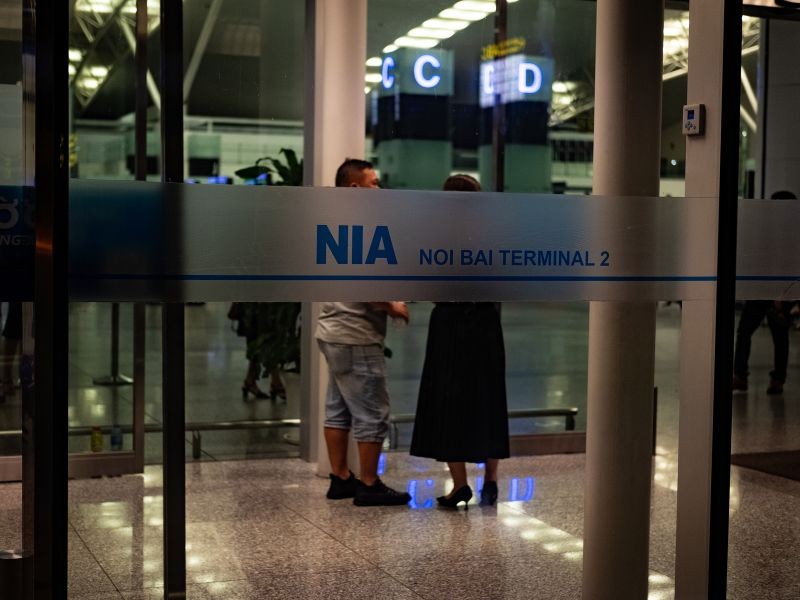 |
| Noi Bai Airport. Image: Réka Márkos |
Applying for a business visa can also be a straightforward process, provided that a company can support entry, and ensure all necessary documents are organized beforehand.
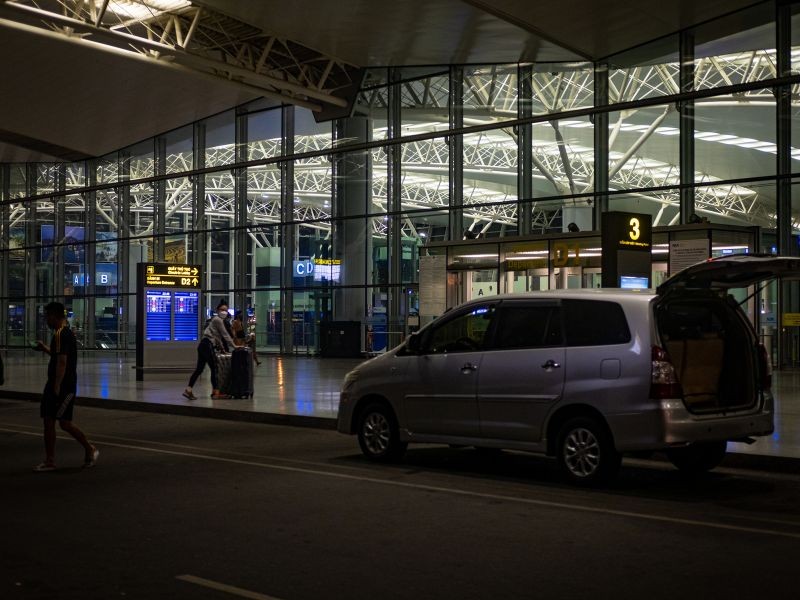 |
| Unloading the taxi before departure. Image: Réka Márkos |
After my quick trip home, I planned to re-enterVietnam with a business visa but due to time constraints, I could only apply for a one-month tourist entry. For this, I needed the printed approval letter, proof of vaccination, proof of a negative Covid test, a valid passport, and a 25kg rucksack filled to the brim with snacks for those who hadn’t tasted home since pre-Covid.
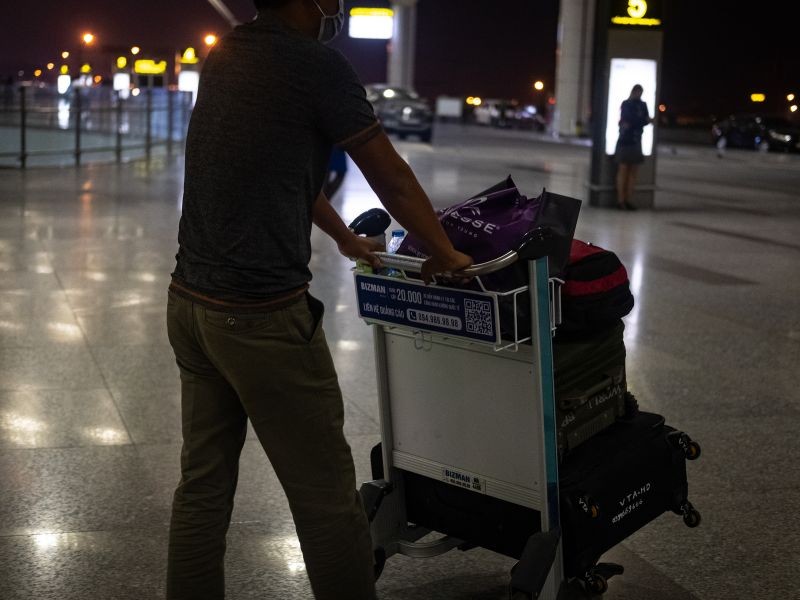 |
| Passengers gearing up for travel. Image: Réka Márkos |
Flying to Ireland, my home country, couldn’t have been easier. The trip included a quick two-flight layover. While clutching my PCR Covid test in the queue for check-in, I realised that it wasn’t even needed. Another passenger, when they spotted it, laughingly told me that “We’re going back to a country where mask wearing isn’t compulsory, or a fashion statement, it’s almost obsolete.” Indeed, the fresh packet of masks I brought on the trip remained unopened until returning to Vietnam.
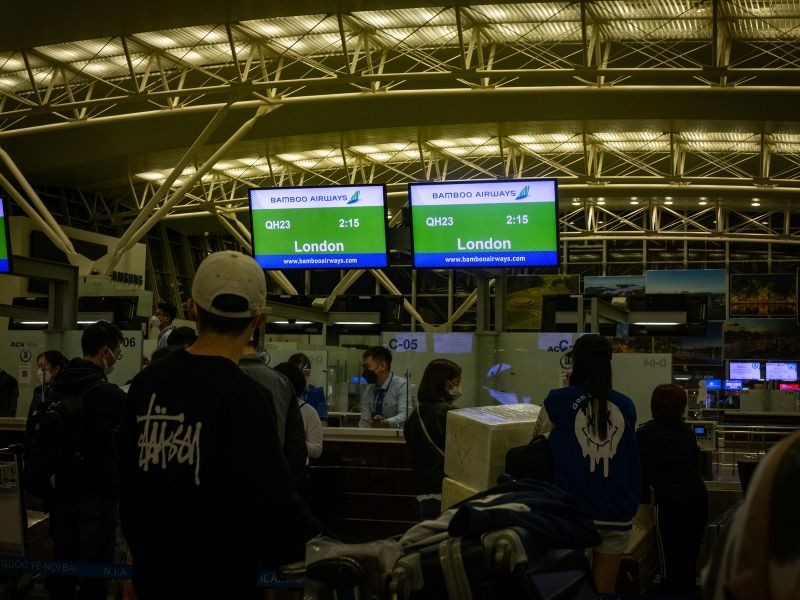 |
| Calm amisdt chaos at the check-in desk. Image: Réka Márkos |
Noi Bai airport was deserted, and the lines were short and swift. The flight was so empty that I even had the coveted three seat luxury for ample napping.
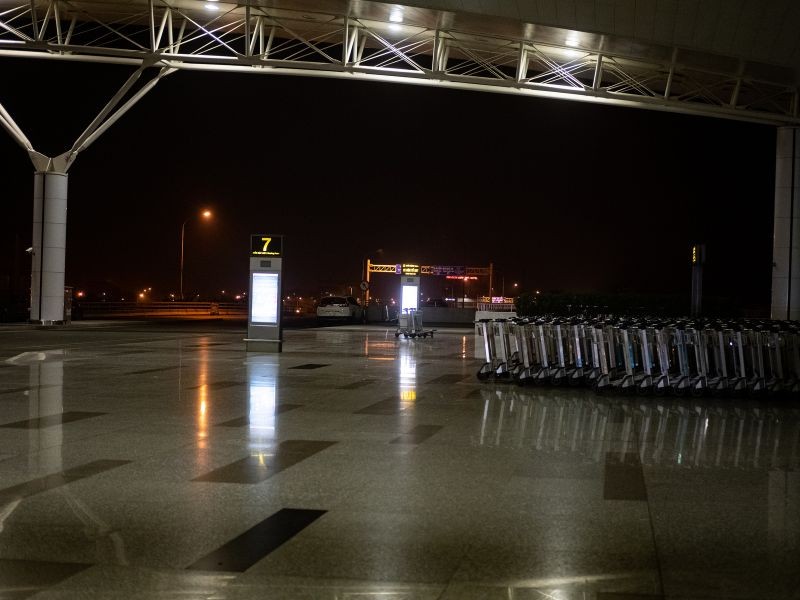 |
| Noi Bai, deserted. Image: Réka Márkos |
Being at home was healing, as always, but I started to miss those red sunsets over hazy Hanoi.
 |
| The simple charms of an Irish forest near my hometown. Image: Réka Márkos |
The return flight back to Vietnam wasn’t such a walk in the park. The invitation letter hit my email a mere 10 minutes after check-in closed, so rebooking for the next day was the only option. While being no stranger to spending nights in airports, this time I stayed in a budget room for the night, scented with pugnent wafts of mould. But a bed is a bed, and the next day I was equipped with everything I needed, from the PCR test and invitation letter to the pre-flight anxiety after already missing two the day before.
 |
| Red-eye flights devoid of ground staff. Image: Réka Márkos |
Being on a 14 hour flight in the middle seat, with a stranger using your shoulder as a head rest isn’t generally considered luxury travel by average standards, but it felt like I had made it by the skin of my teeth. Moral of the story - make sure all of your documents are in order before attempting to fly to Vietnam, regardless of the visa.
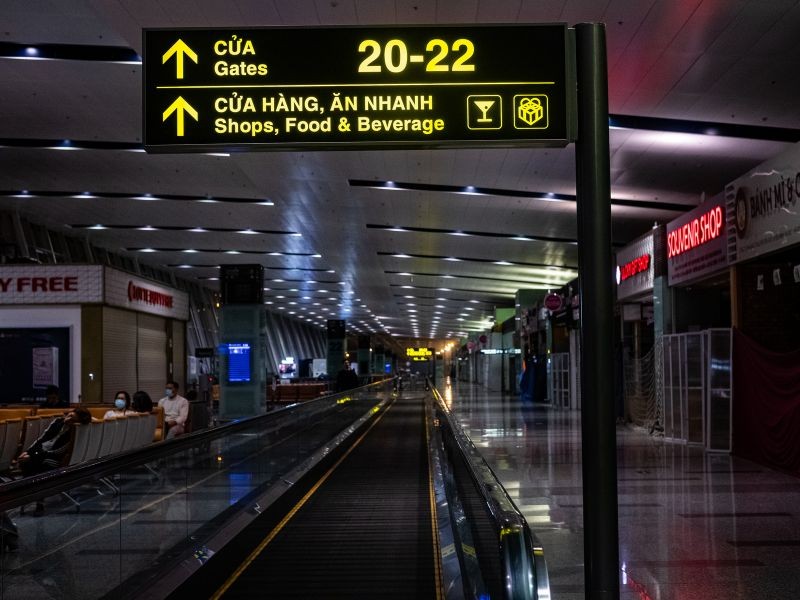 |
| Peace and naps at the usually busy airport. Image: Réka Márkos |
As a foreigner entering Vietnam, holding a temporary residence card or work permit makes the process easier, but being between jobs this wasn’t an option for me at the time.
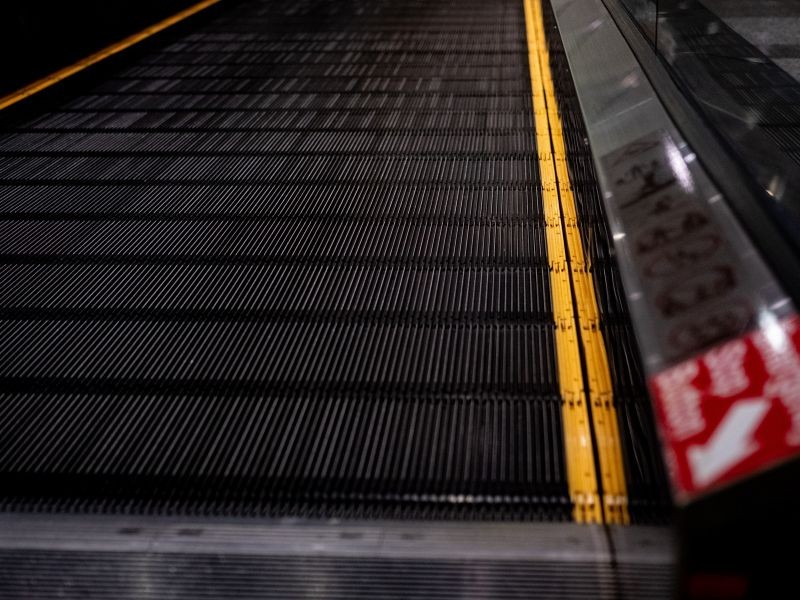 |
| A saviour for weary, laden travelling. Image: Réka Márkos |
Entering for a business visa requires sponsorship from a company, and having two passport photos on arrival saves the extra $5 fee. Arriving back in Hanoi after what was a hasty, emotive, and complicated trip, still feeling the lingering hugs from home, it was worth it in the end.
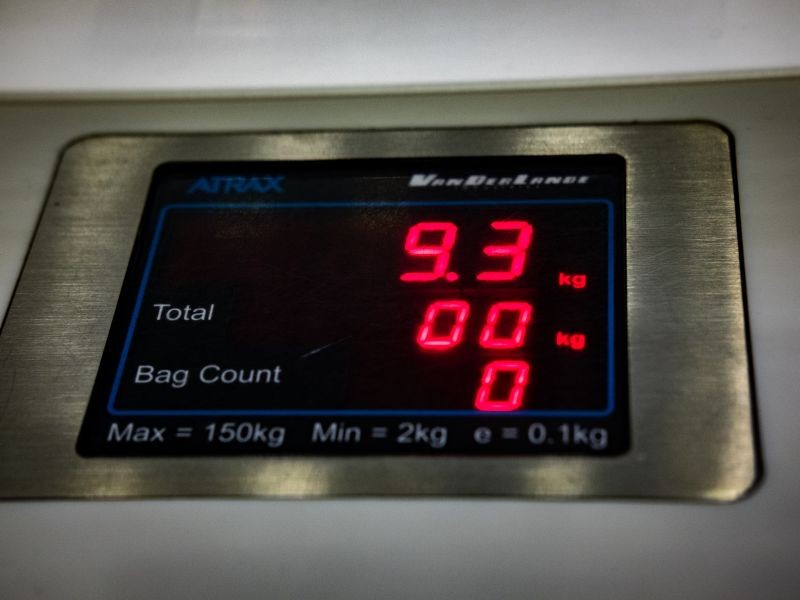 |
| On the return flight, being hit with a hefty overweight baggage fine. Image: Réka Márkos |
I treated myself to a delicious Vietnamese sandwich. My coriander banh mi replaced the flavours of home and commemorating the start of a new era in Vietnam felt like the start of freedom - trips away are once again possible.
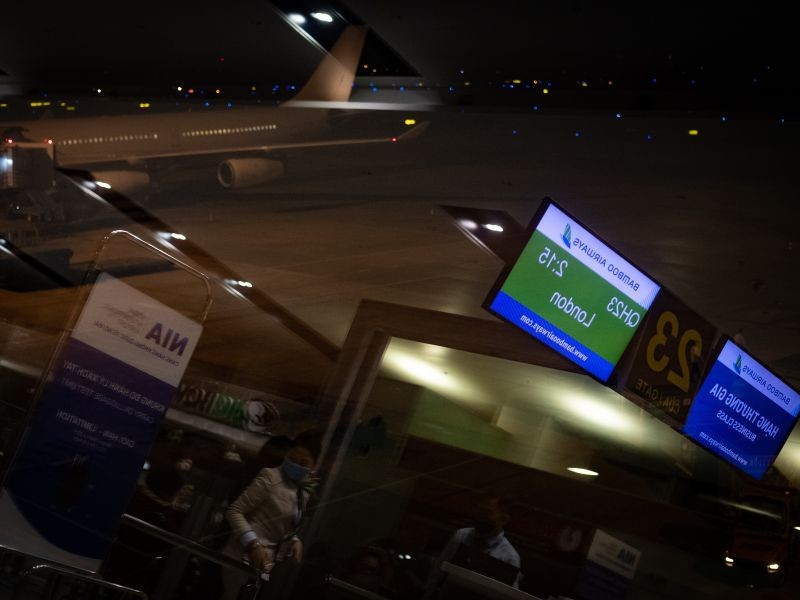 |
| At the boarding gates. Image: Réka Márkos |
After a long lockdown where living abroad without the privilege that I took for granted, the ability to come back to a second home felt like a choice, rather than a necessity for work. This summer will see a hoard of foreigners in Vietnam leaving once again to travel, work, eat, drink, and embrace a nation that they haven’t been able to see for two years.
For my next flight to Vietnam, I’ll just ask for a little less coriander on the banh mi and a seat next to the window.
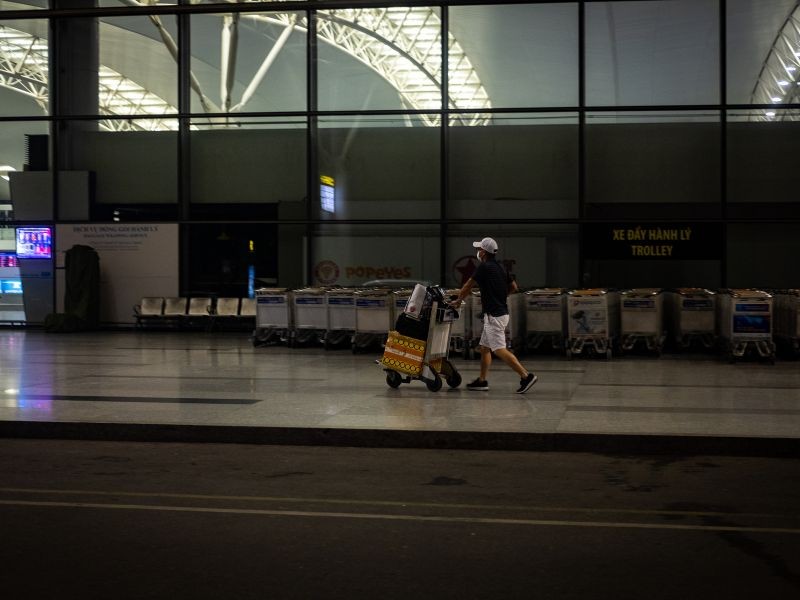 |
| Flying from shorts to scarves to face a chilly Irish spring. Image: Réka Márkos |
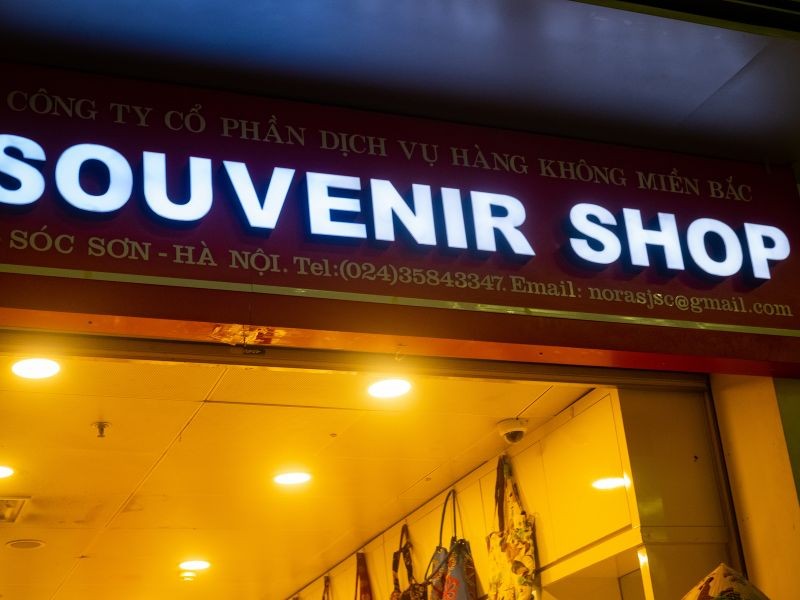 |
| Roaming through duty free. Image: Réka Márkos |
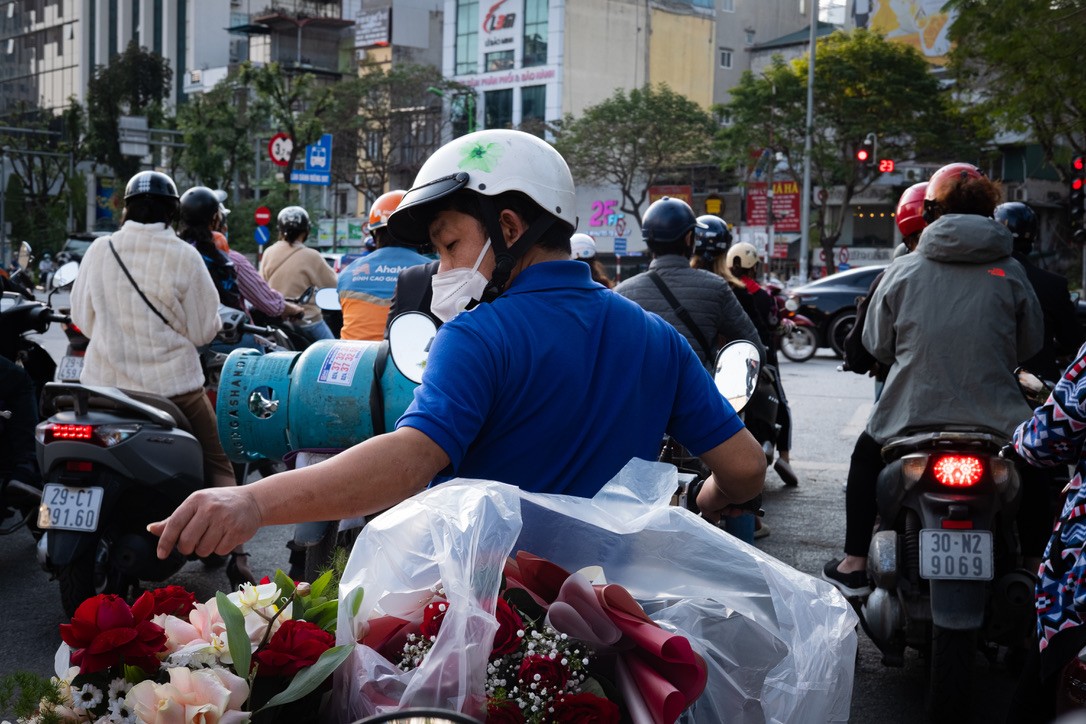 |
| Hanoi streets returning to their pre-Covid buzz. Image: Réka Márkos |
| Before entry, foreign nationals must show their approval letter and have their visa stamped in their passport by immigration officers at the international border checkpoint. Without the visa stamp in the passport, the Vietnam visa approval letter is not valid for entry to Vietnam. The Vietnam visa approval letter is an official document issued by the Immigration Department in Vietnam. To obtain the approval letter, foreign nationals must have a qualified legal entity in Vietnam acting as their sponsor or guarantor. The Vietnam visa approval letter for foreign nationals typically includes the following information:
The Vietnam visa approval letter is not a visa itself. Foreign nationals must bring a copy of the visa approval letter to the Vietnamese diplomatic mission (Embassy/Consulate) or the international border checkpoint to have their visa stamped. |
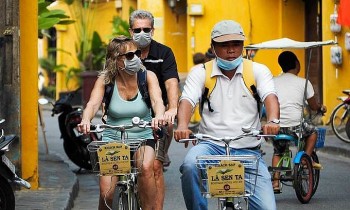 | Vietnam's Tourism Bouncing Back Tourist attractions in 35 cities and provinces quality welcomed around 6.2 million visitors during the nine-day Tet (Lunar New Year) festival. |
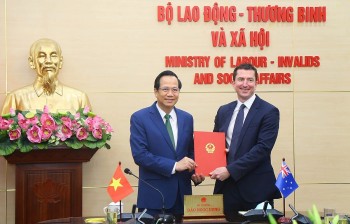 | Vietnam Joins Australian Agriculture Visa Program Australia has agreed to receive Vietnamese workers in the agricultural sector under a Memorandum of Understanding signed on March 28. |
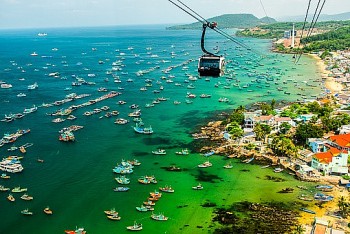 | Phu Quoc Awakens, Americans are Arriving As Vietnam's international tourism slowly resumes, American expats reflect on the state of the post-Covid world from the quiet shores of an awakening Phu Quoc. |
Recommended
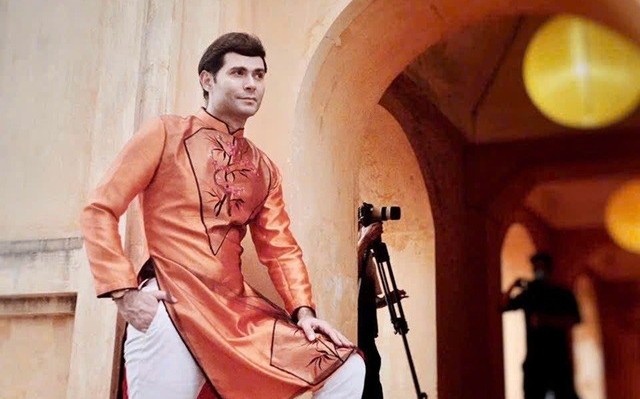 Expats in Vietnam
Expats in Vietnam
Look Forward to New Developments in Vietnam - US Relations
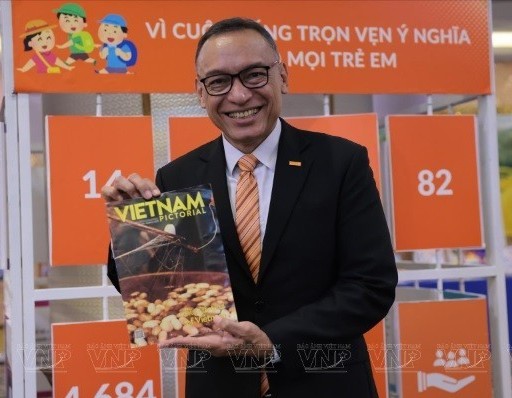 Expats in Vietnam
Expats in Vietnam
Doseba Tua Sinay's Dedication to Vietnam's Children
 Expats in Vietnam
Expats in Vietnam
The Swede Who Fell in Love with Hoi An
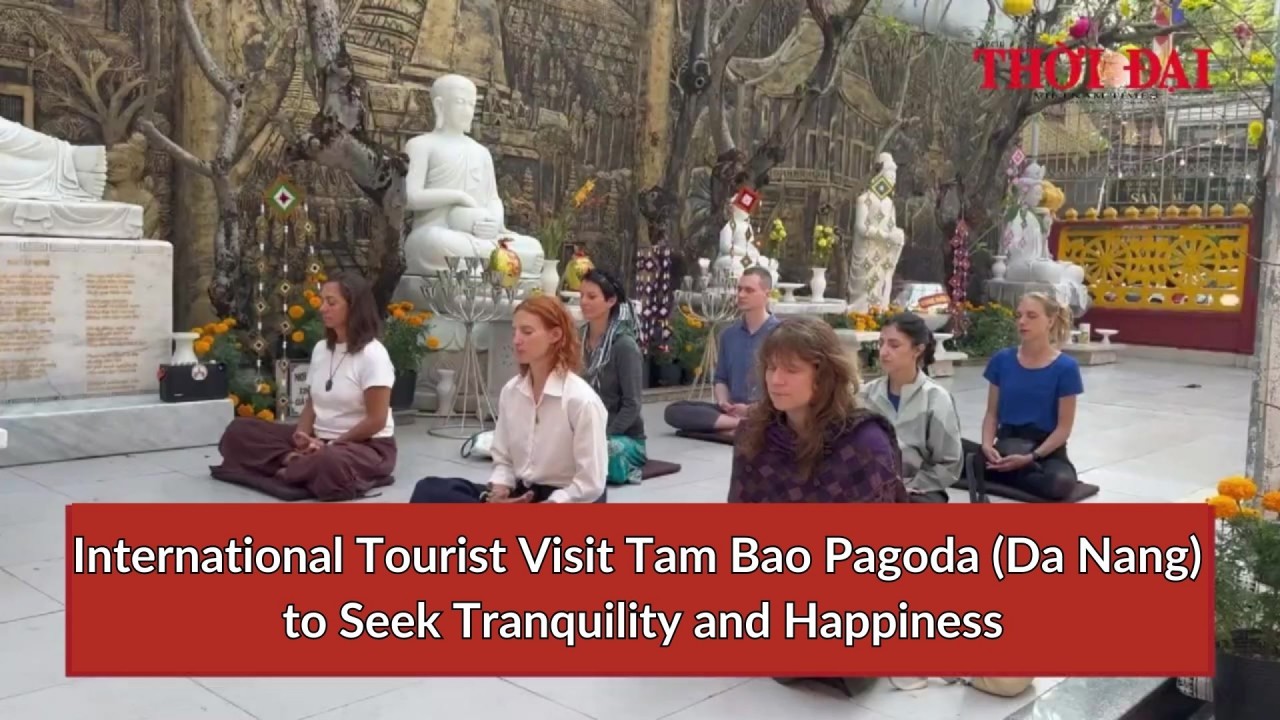 Expats in Vietnam
Expats in Vietnam
International Tourist Visit Tam Bao Pagoda (Da Nang) to Seek Tranquility and Happiness
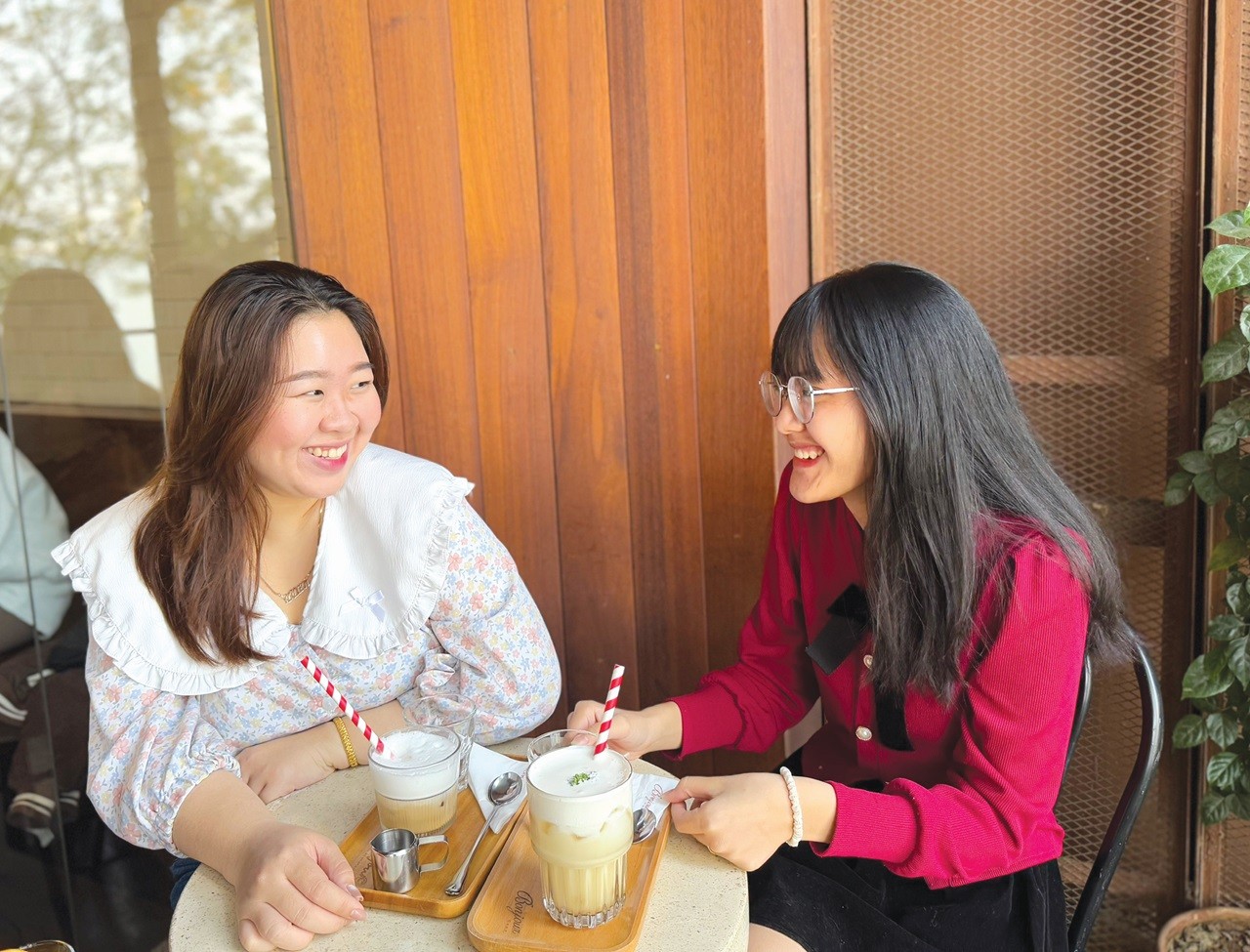 Expats in Vietnam
Expats in Vietnam
Enticing Passion for Vietnam
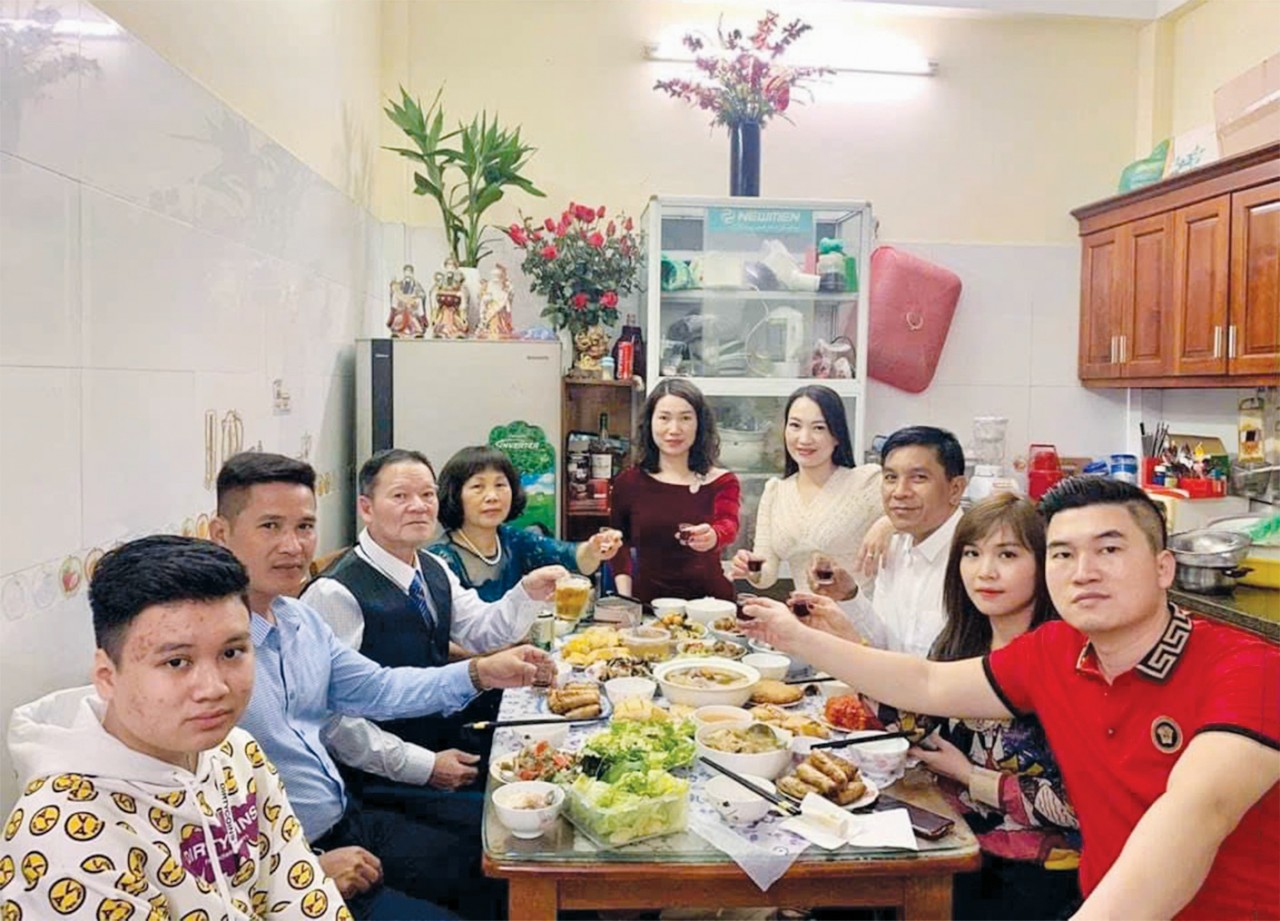 Expats in Vietnam
Expats in Vietnam
Tet Through the Eyes of Foreign Visitors
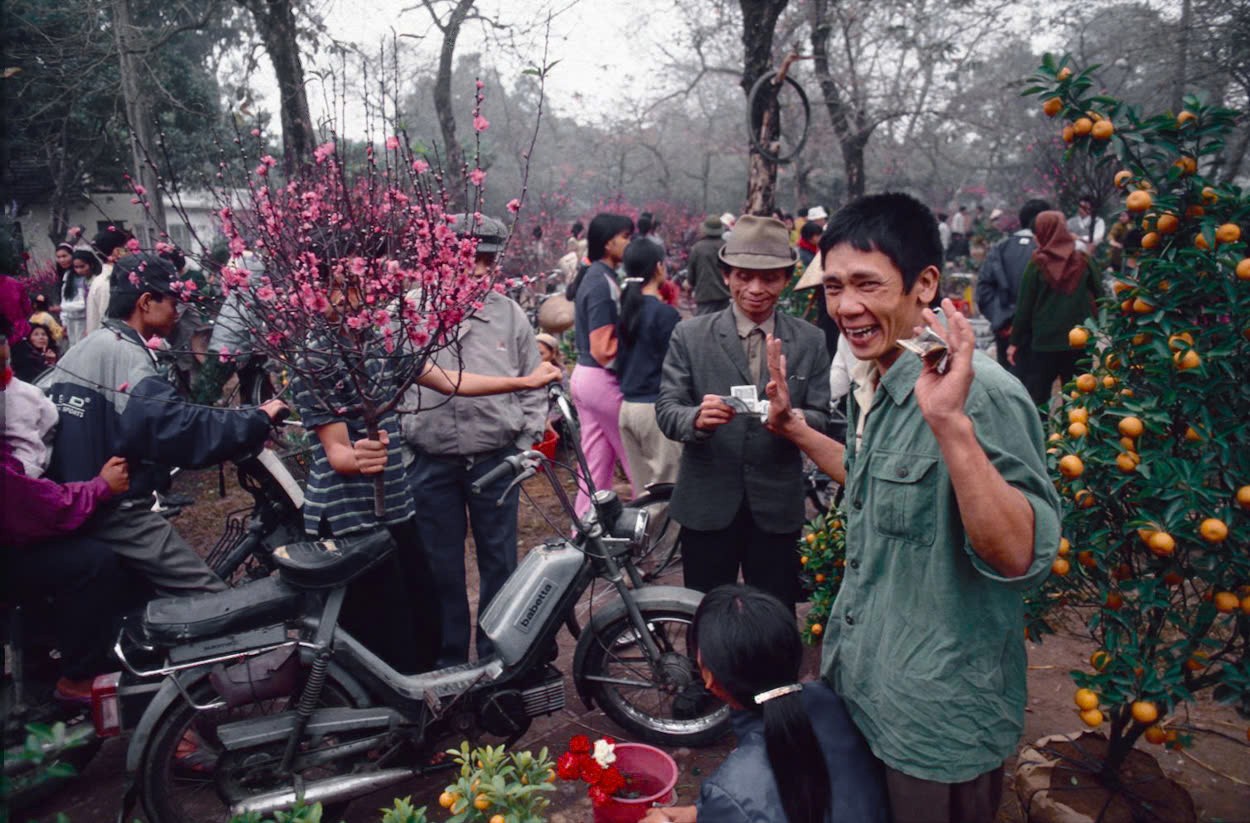 Focus
Focus
Memories of Traditional Tet through the Lens of British Photographer
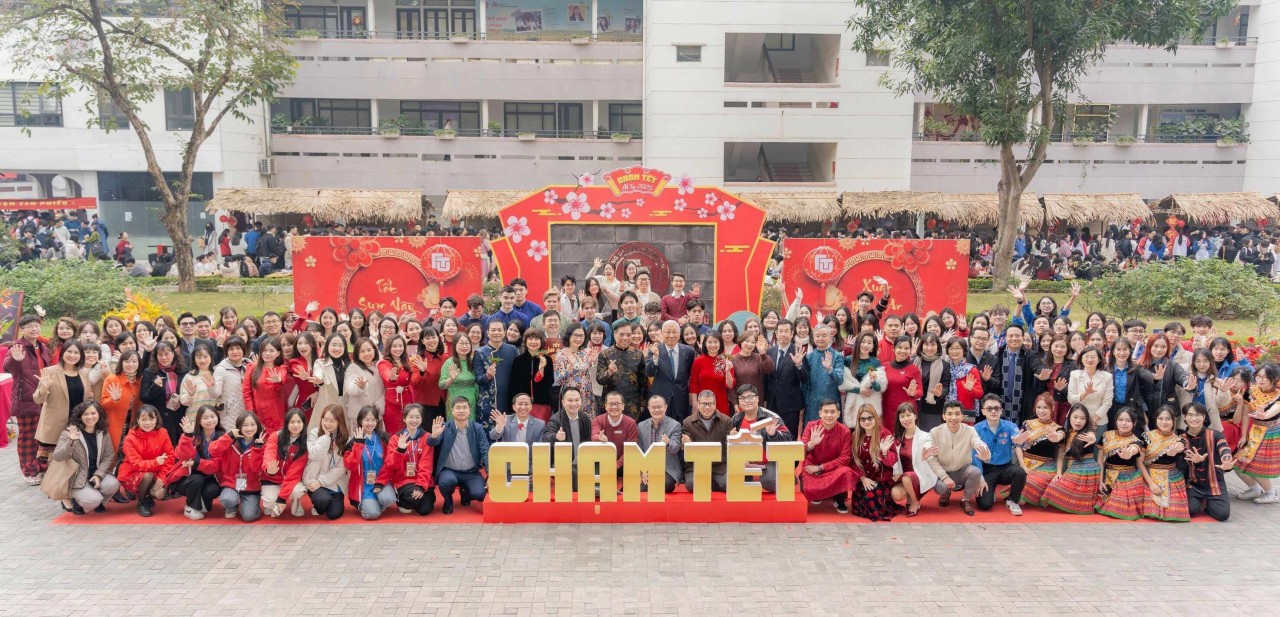 Multimedia
Multimedia

